What is Gore-Tex? Our expert guide to the breathable waterproof fabric
What is Gore-Tex? Our expert guide into how this membrane came to conquer the outdoor industry and keep all of us backcountry explorer types dry
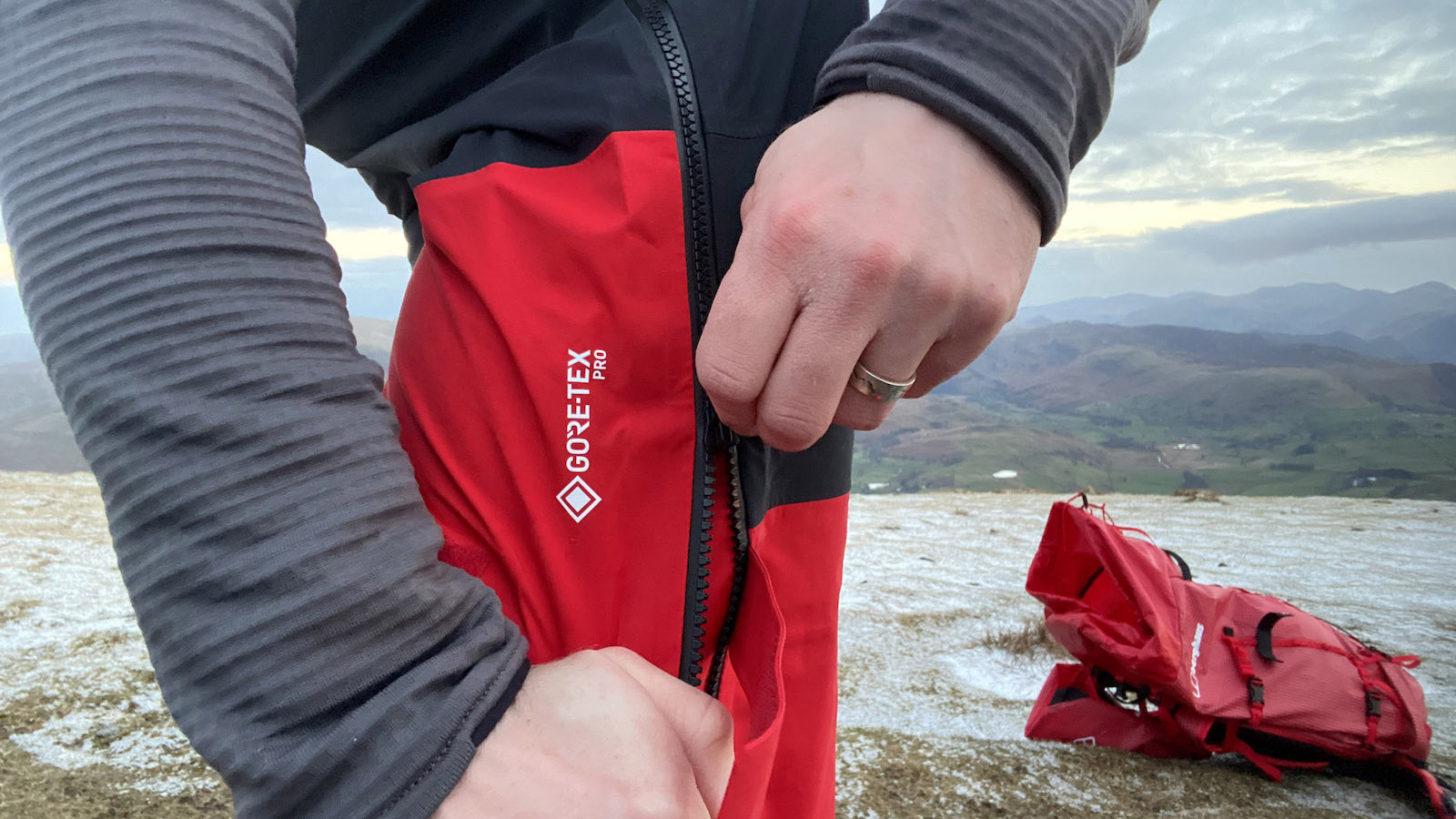
I was speaking to a representative for a leading hiking boot manufacturer (I won't name names) and he confirmed what I'd already suspected. "Deciding to go without Gore-Tex is basically commercial suicide." This sentiment underlines the reputation that Gore-Tex's breathable waterproof membranes have among consumers looking to invest in performance outdoor kit.
Yes, in the outdoor business, Gore-Tex is as ubiquitous a term as Vibram soles and Polartec fleece linings. It’s found in almost every piece of kit you can think of: hiking boots, waterproof jackets, ski gloves and tents.
But, what is Gore-Tex and how does it work? In this feature, our hiking gear experts delve into the world of Gore-Tex membranes, looking at its history, what's so special about it, how waterproof it actually is and whether or not it's harmful for us and the planet in the long run.
What is Gore-Tex?
Gore-Tex is a breathable, waterproof fabric membrane made from polytetrafluoroethylene (PTFE), which is better known by its trademark name Teflon. It stops water from passing through, while allowing moisture vapor to escape from within, thus providing breathability.
The Gore-Tex membrane usually sits between other fabric layers and is used widely in waterproof clothing and footwear for outdoor use.
The outer layer of Gore-Tex gear is coated with a Durable Water Repellent (DWR) treatment which prevents the fabric from wetting out, as this would negate the breathability of the garment.
Meet the experts

Julia is one of our expert gear testers and she has reviewed many products featuring Gore-Tex in her time. She has the ideal testing ground too – the, often wet, mountains of the Scottish Highlands are right on her doorstep.

Alex is a qualified Mountain Leader and a member of the London Mountaineering Club's committee. He's happiest in the high places, whether he's climbing, hiking or trail running, though he has a particular soft spot for winter mountaineering and enjoys pitting himself, and his kit, against interesting lines in gnarly conditions.

The history of Gore-Tex
- Gore-Tex was invented in 1969 by Americans Wilbert and Bob Gore
- It was an accidental discovery made when Bob rapidly stretched standard PTFE
- He discovered this created a breathable membrane
- They started to apply the membrane in rainwear in the 1980s
Gore-Tex was invented in 1969 by an American businessman and chemical engineer named Wilbert Gore, along with his son Bob Gore. The pair already had a business using PTFE in electronic ribbon cables for computers and the story goes that Bob discovered extended PTFE by accident when he stretched out the material rapidly instead of slowly. This caused the material to fill up with air which lends it its breathable quality. Though there are other entities that have challenged the Gores’ claim to the invention, they were the first to patent the fabric.
All the latest inspiration, tips and guides to help you plan your next Advnture!
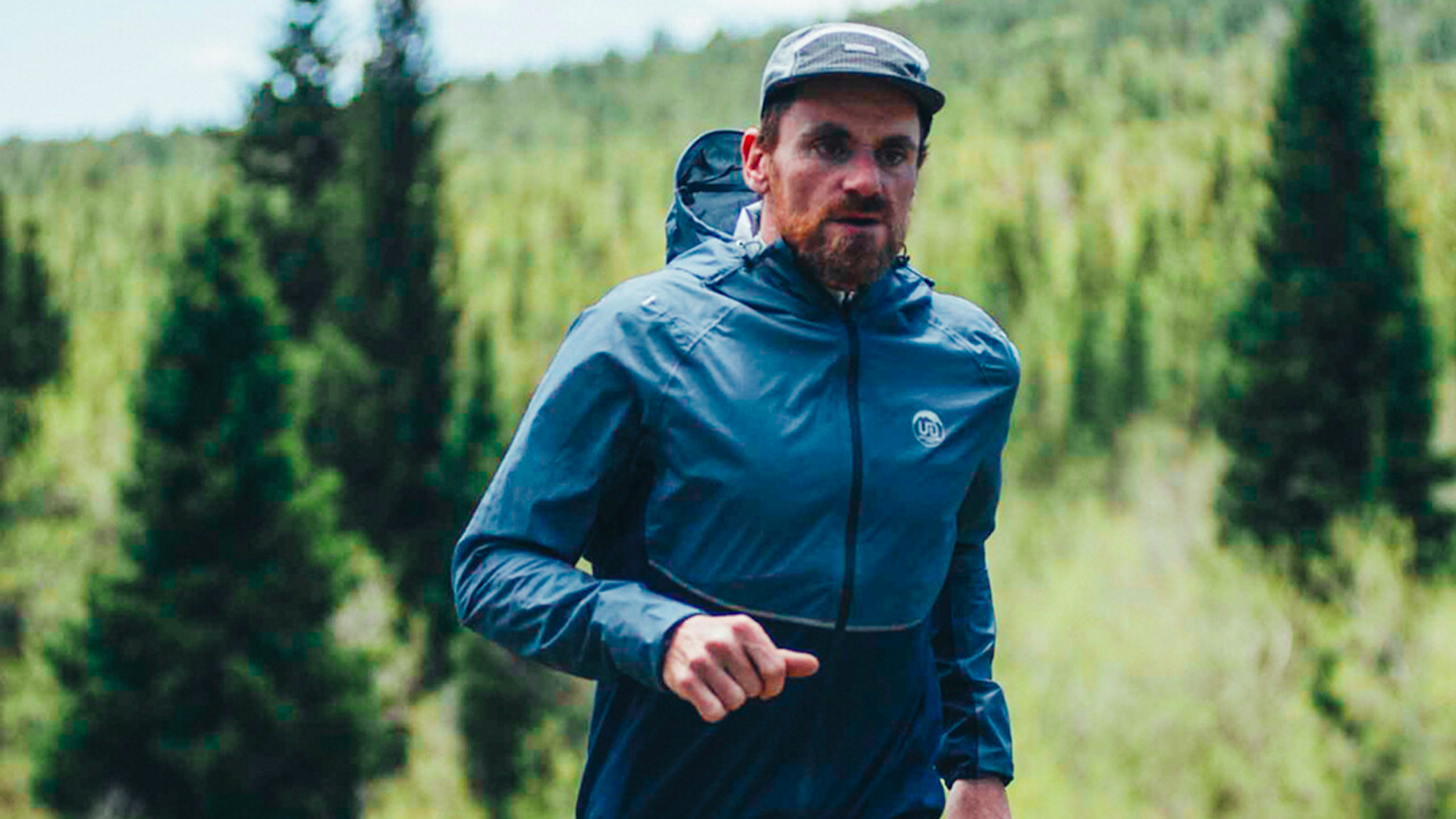
By the mid-1970s, Gore-Tex was starting to show up in rainwear, where it replaced the typical non-breathable inner polyurethane layer with a thin, breathable membrane that is bonded to the outer fabric. In 1981, the astronauts on NASA’s first space shuttle landing on the moon wore spacesuits made with Gore-Tex fabric and today, they’ve branched out with other fabrics such as Gore-Tex Pro, Shakedry and Infinium. Dozens of top outdoor brands use Gore-Tex to manufacture their designs.
What’s so special about Gore-Tex?
- Gore-Tex stops rain while still letting moisture escape: it's waterproof and breathable
- It's also windproof and very durable
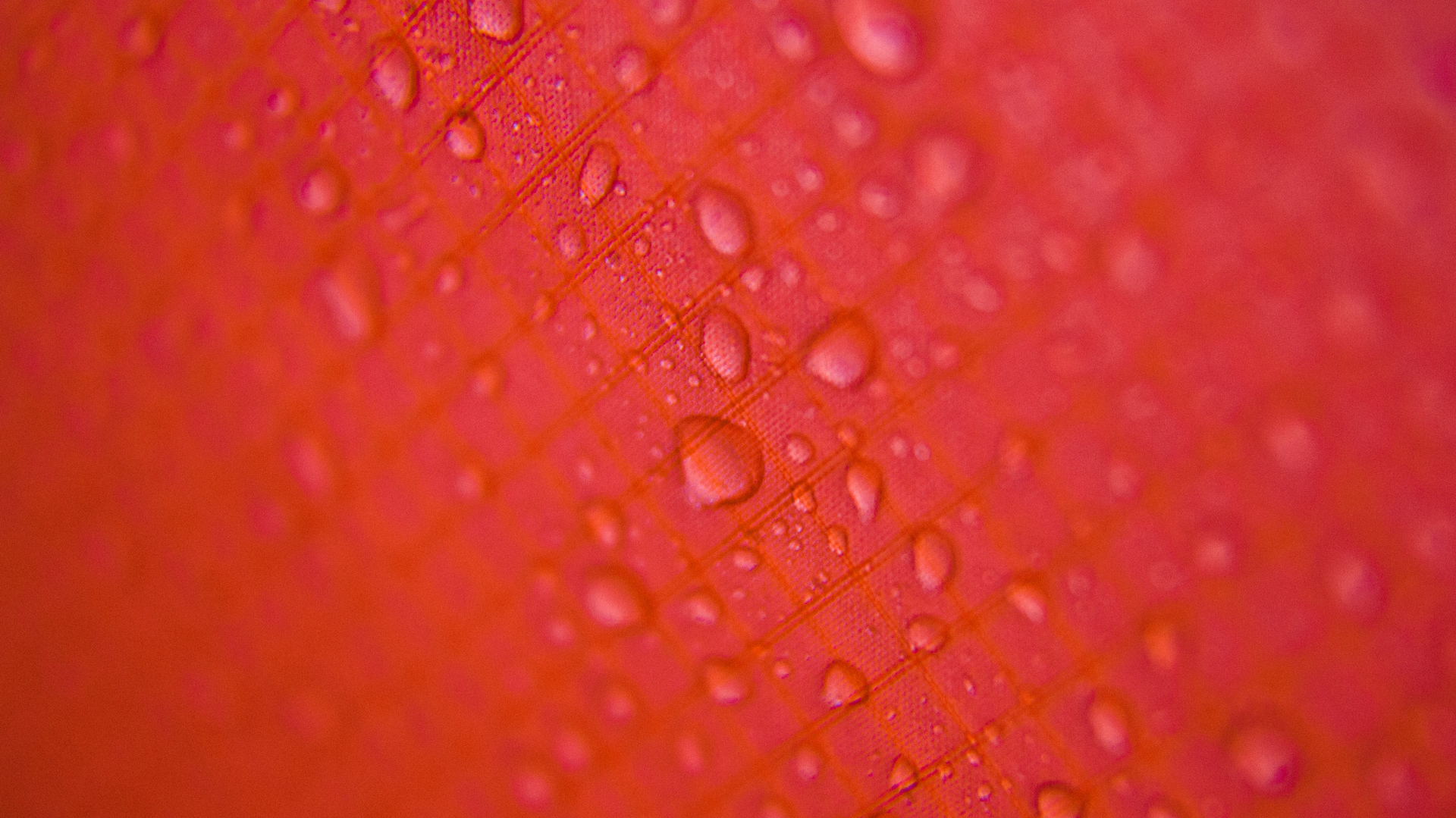
Gore-Tex repels liquid such as rain, but still allows for liquid vapor to pass through. This means that if you break a sweat while wearing a Gore-Tex garment, the moisture will be able to leave, so you don’t end up clammy. While that may not be necessary in a raincoat that you throw on to walk to the bus stop, it’s essential for recreating outdoors where you’re likely to heat up. Furthermore, Gore-Tex is windproof and very durable, but as might have already guessed, its performance is really only as good as the garment it’s used in.
Is Gore-Tex 100% waterproof?
- Original Gore-Tex products are 100% waterproof
- The DWR on the outer fabric wears off with use, leading to performance issues
- It can be reapplied using waterproofing spray
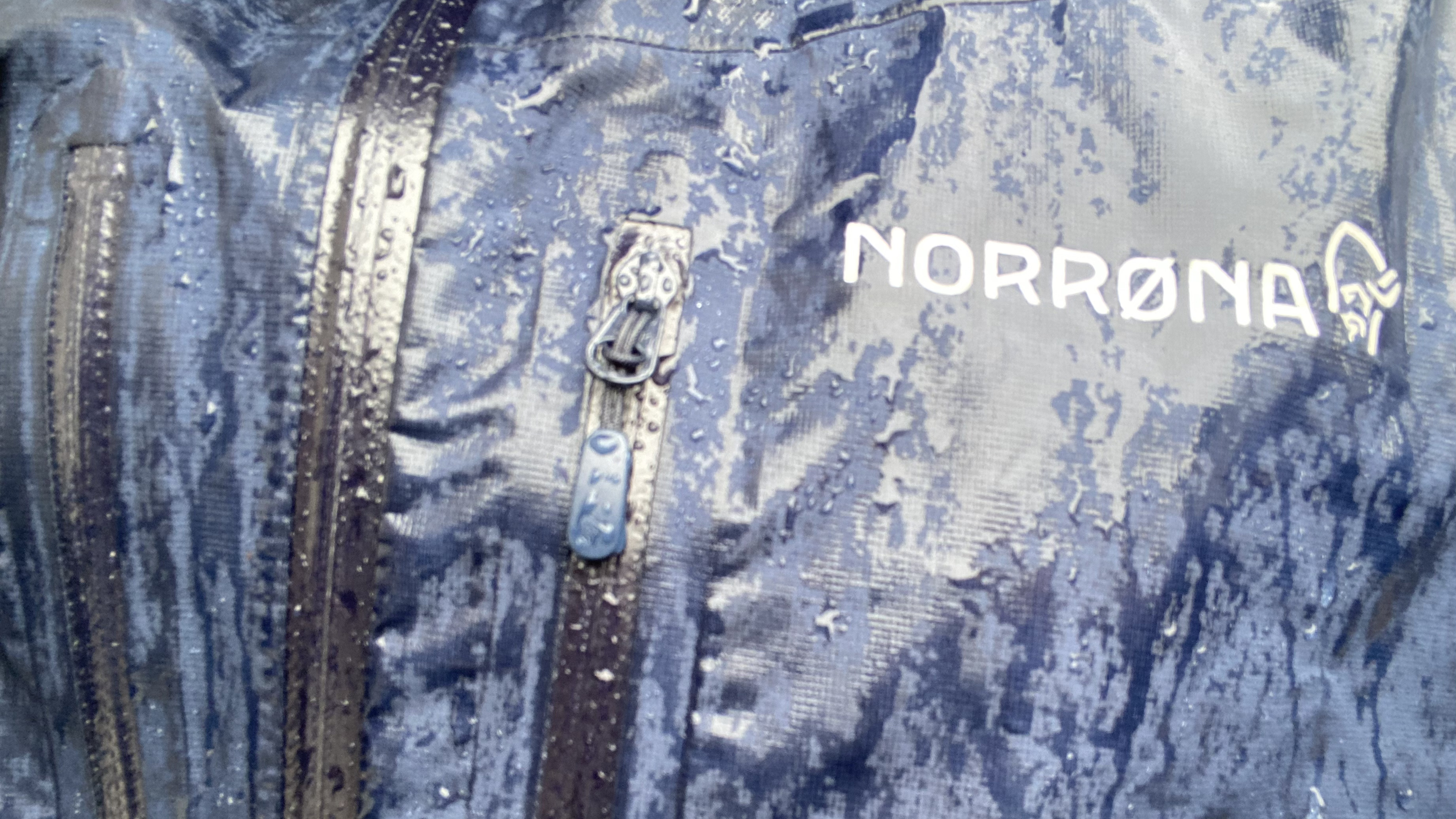
While some Gore-Tex fabrics like Infinium are not fully waterproof, original Gore-Tex products are 100% waterproof and will come with a tag reading “Guaranteed to keep you dry.” To further reinforce the waterproofing of gear using their fabric, the company insists that all brands use taped seams to ensure no leaking.
The DWR treatment applied to the outer fabrics wears off with time, washing and use, which reduces its effectiveness. While the garment will still be waterproof, thanks to the internal membrane, the fabric will soak in the rain, which is known as wetting out. This negatively impacts its breathability, which isn't ideal if you're working up a sweat. The good news is that you can use a waterproof spray from brands like Nikwax or Grangers to reapply DWR. So, whether you need to waterproof a jacket, waterproof your hiking boots or waterproof a tent, you can get your gear back in ship shape.
What is the difference between waterproof and Gore-Tex?
- Any fabric that repels water is waterproof
- Not all are as breathable as Gore-Tex
- There are, however, several breathable waterproof alternatives to Gore-Tex

Gore-Tex is waterproof, but not all waterproof clothing is constructed using Gore-Tex fabrics. A simple waterproof garment may have two layers that repel liquid moisture, but don’t provide any breathability for vapor, so if you’re sweating a lot, you don’t actually stay dry. However, Gore-Tex is not the only option when it comes to breathable, waterproof fabrics – check out six Gore-Tex alternatives that provide the same or similar function.
Is Gore-Tex harmful?
- Gore-Tex is made from produce from the petrochemicals industry
- It has moved its PFC-free commitment from 2023 to 2025
- Many Gore-Tex products are bluesign approved
- Gore-Tex has set carbon reduction targets
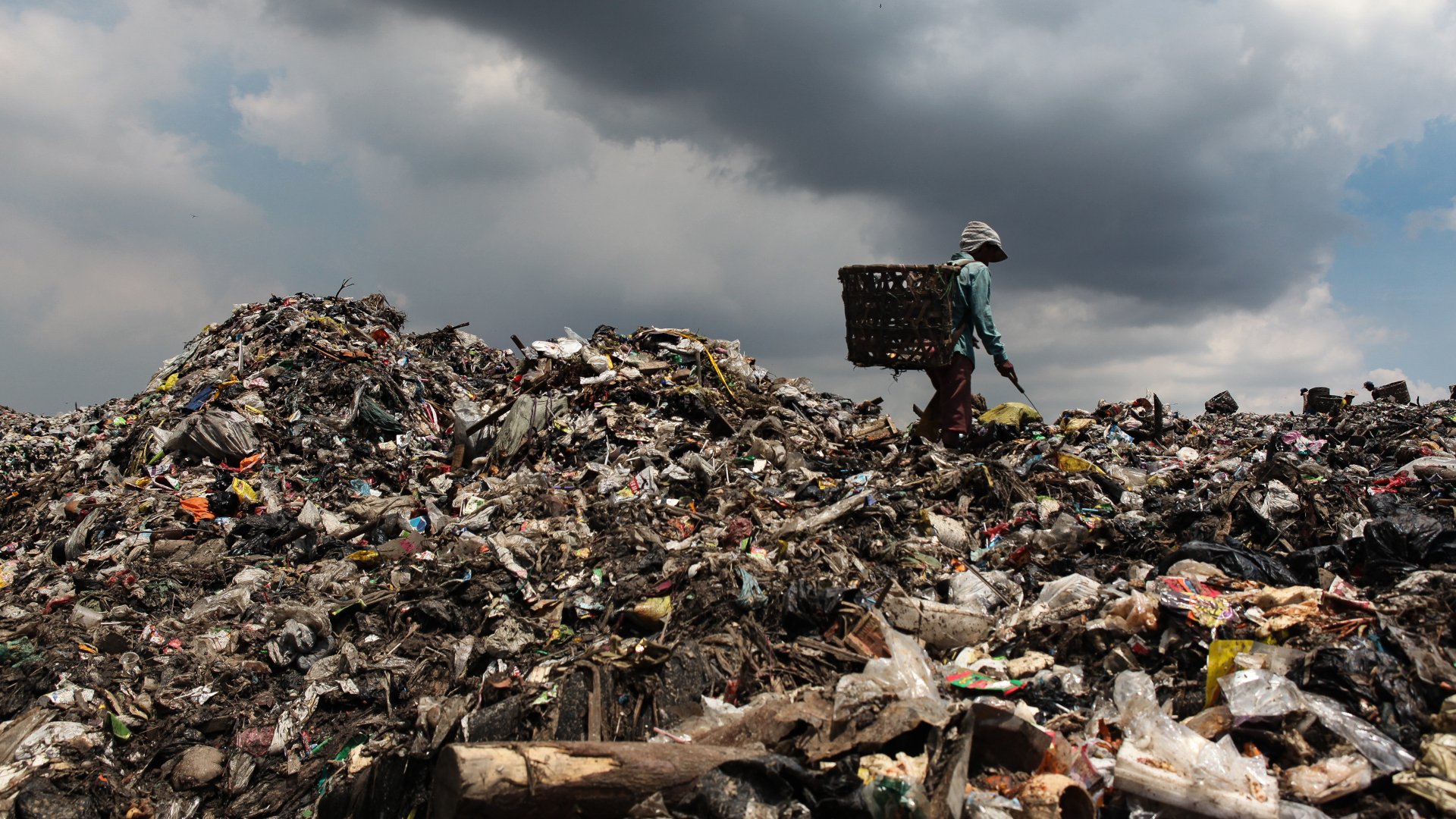
As consumers of the outdoor industry become increasingly concerned about our impact on the planet, Gore-Tex has attracted a great deal of attention for its use of a group of chemicals called perfluorochemicals which, according to the Centers for Disease Control and Prevention, are a concern because they do not break down and therefore build up in our landfills, water sources and even in our bodies. Though there is not yet conclusive evidence that these chemicals are harmful to human health, Gore-Tex has committed to phasing these chemicals out of their production to become more environmentally friendly. Gore’s did have a goal to eliminate all ‘PFCs of Environmental Concern (PFCEC)’ by 2023, but "due to product development and scaling challenges" the transition wasn't possible before the deadline. It's reset the target to 2025 and is currently on track to achieve it.
In 2018, Gore introduced fabrics with PFC-free DWR treatments, which are now used by most big outdoor manufacturers. Many Gore-Tex jackets are also Bluesign approved, meeting a common standard for sustainable textile production. Gore is also a founding member of the Outdoor Industry Association’s Climate Action Corps, and the company has set absolute carbon reduction targets across its operations. It aims to reduce carbon emissions from manufacturing sites and offices by 60% by 2030, as well as reducing product related emissions by 35%.
As always, the best way to reduce your impact on the environment while using Gore-Tex is to take good care of your gear and repair it instead of replacing it.
Julia Clarke is a staff writer for Advnture.com and the author of the book Restorative Yoga for Beginners. She loves to explore mountains on foot, bike, skis and belay and then recover on the the yoga mat. Julia graduated with a degree in journalism in 2004 and spent eight years working as a radio presenter in Kansas City, Vermont, Boston and New York City before discovering the joys of the Rocky Mountains. She then detoured west to Colorado and enjoyed 11 years teaching yoga in Vail before returning to her hometown of Glasgow, Scotland in 2020 to focus on family and writing.

